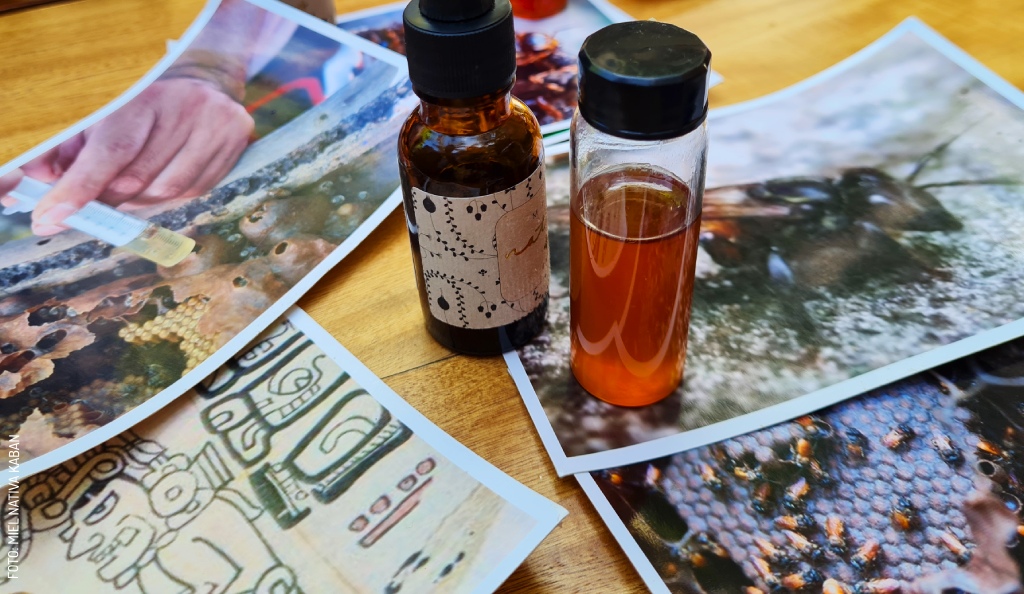
How to Identify Yucatecan Bees
Did you know bees can come in all sizes, from big to tiny, and in every color imaginable? Some live in organized groups, while others prefer to live solo. Some bees build their homes in tree tops and some hide underground. And did you know some bees make lots of honey, while others don't make any at all? This is because there are over 20,000 known species, divided into seven families, all around the world. Regardless of their size, color, or unique habits, bees play a crucial role in keeping our planet healthy and balanced. That's why it's important to protect them from threats like pesticides. And the first step in protecting them is getting to know them better. So, here's a guide to some of the bees you might come across during your stay in Yucatán.
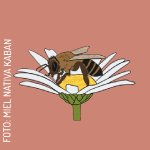
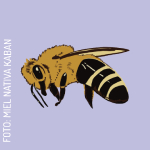
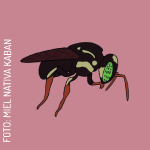
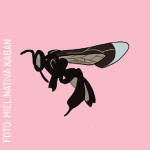
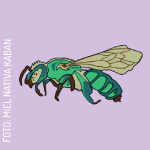
European honeybee (Apis mellifera)
The most well-known bee of all, found on every continent except Antarctica or the South Pole. While they're not originally from Yucatán, they've become a vital part of the state's economy for many honey producers. Contrary to popular belief, these bees are not endangered. However, the loss of populations due to pesticide use and climate change is alarming and harms small honey producers.
Xunan Kaab or Melipona bee (Melipona beecheii)
Out of the more than 450 species of stingless bees that exist worldwide, the Melipona beecheii, also known as Xunan Kaab in Maya, was a favorite of the ancient Maya for domestication. This led to the practice of Meliponiculture, which involves caring for and managing stingless bees. These bees only produce about one liter (or 33 ounces) of honey per year per hive. Instead of being used as a sweetener, their honey has been valued for its use in traditional medicine since ancient times
![2405 Colmena de miel nativa]() Ya’ax Ich or Bo’ol bee (Green-eyed stingless bee, Nannotrigona perilampoides)
Ya’ax Ich or Bo’ol bee (Green-eyed stingless bee, Nannotrigona perilampoides)
This is one of the 17 species of stingless bees native to the Yucatán Península. It’s small, with a body that might resemble a fly at first glance. Its name in Maya, Ya’ax ich, means green eyes, and if you take a very close look, you'll see why it’s called that! These little bees are great allies for agriculture, as they efficiently pollinate crops like tomatoes, habanero chili, and squash. You can learn more about these bees at Miel Nativa.
Black slender stingless bee (Frieseomelitta nigra)
Another native bee of Yucatán, and one of the few species that have withstood the urban environment: these stingless bees manage to build their homes on walls, sewers, and other ingenious places in the city. Would you recognize them if you saw them? They are small black bees with white wingtips; hence their name in Maya, Sak Xiik’, which means "white wings". They build their hives with shapes and structures that seem to come from another world; you can also learn about them at Miel Nativa tastings.
Green orchid bee (Euglossa viridissima)
This solitary species is known as the orchid bee for its important role in pollinating these species. Keep an eye out for them during your visit to Yucatán; they're quite common if you look closely. You can spot them by their vibrant metallic colors, typically green and blue in Yucatán. Unfortunately, this resemblance to green bottle flies leads some people to mix them up and kill them.
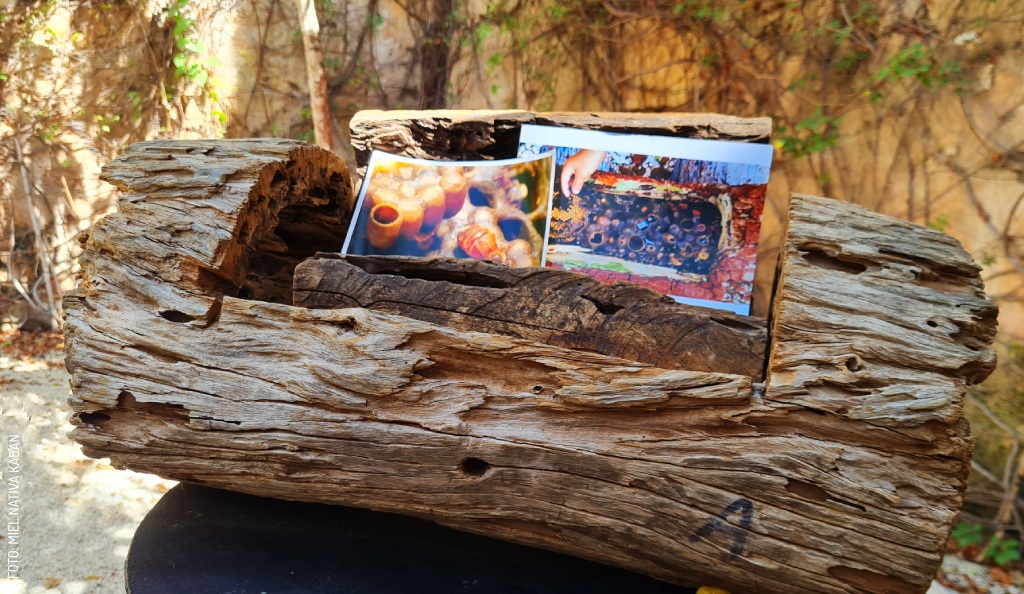
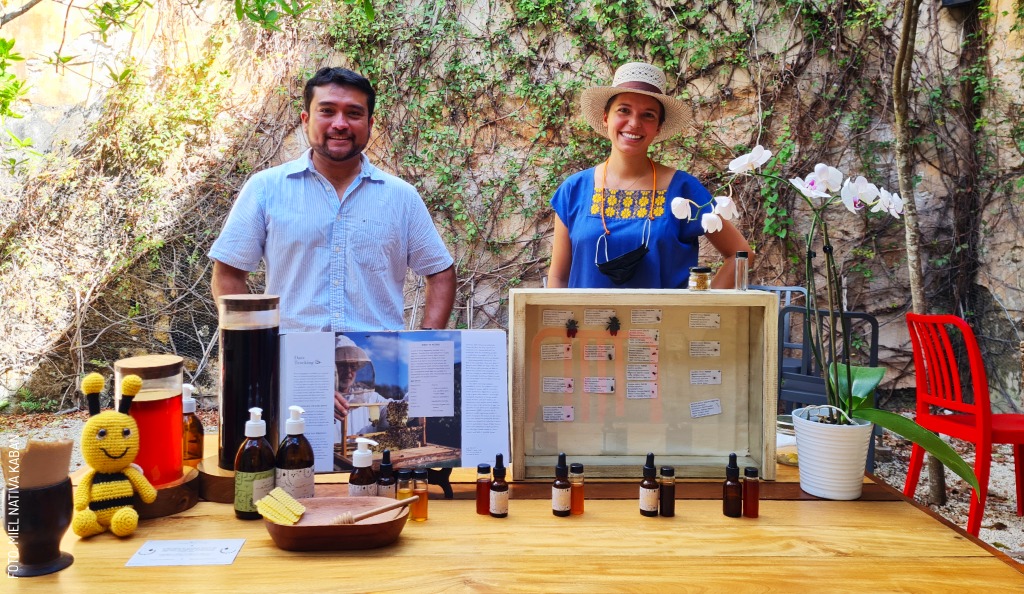
Learn more about these and more bees at:
Miel Nativa
Calle 62 x 53, Centro, Mérida
www.mielnativa.com
FB: Miel Nativa Kaban
Photography by Miel Nativa Kaban for its use in Yucatán Today.
Yucatán Today ¡The Traveler's Bible!
In our Events section you can find mora about 🐝The Honey Tastings with Miel Nativa Kaban 🐝

Author: Miel Nativa Kaban
“Vimos en la miel una oportunidad para generar ingresos justos a los productores, de conservar a las abejas y de cambiar la forma en la que nos relacionamos con nuestros alimentos”
¡Recibe en tu correo los últimos artículos y mucho más de lo mejor de Yucatán!
Related articles
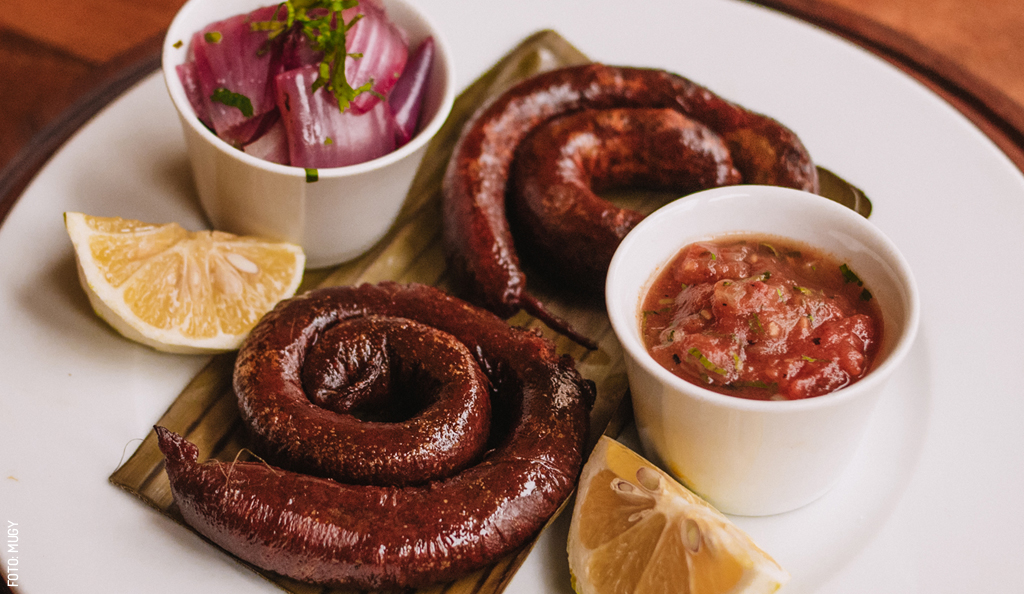
The Flavors of Yucatán
Visiting Yucatán? Just moved? Learn everything you need to know about the flavors of the Yucatecan cooking.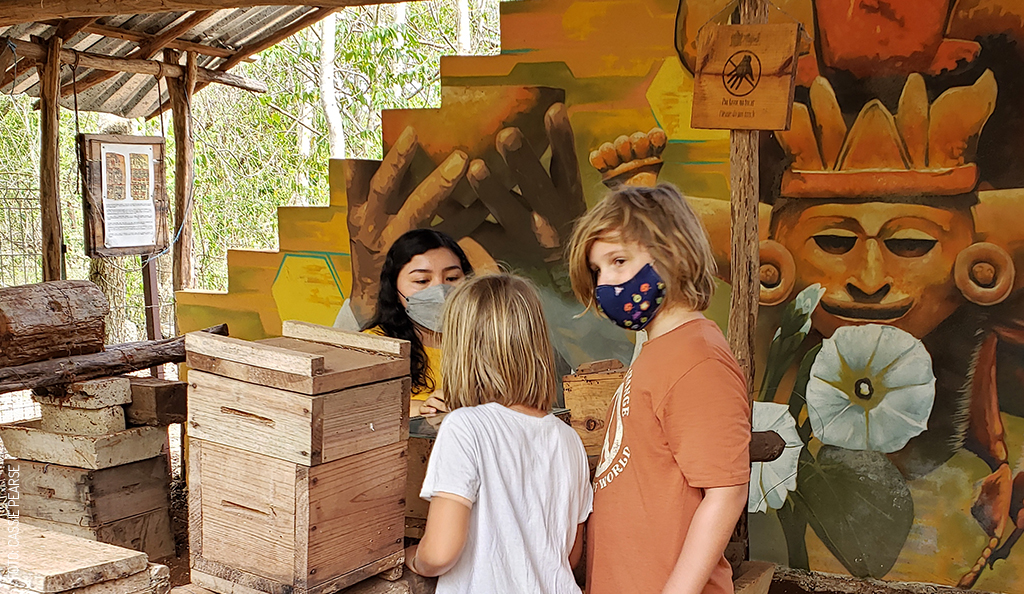
A Fun Learning Experience at Xkopek Parque Apícola
Just outside Valladolid is the fabulous Xkopek Parque Apícola, a family park about the importance of bees in general.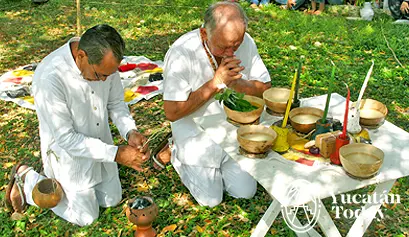



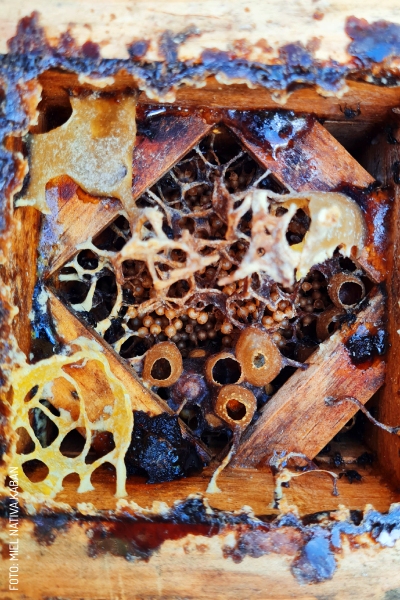 Ya’ax Ich or Bo’ol bee (Green-eyed stingless bee, Nannotrigona perilampoides)
Ya’ax Ich or Bo’ol bee (Green-eyed stingless bee, Nannotrigona perilampoides)
